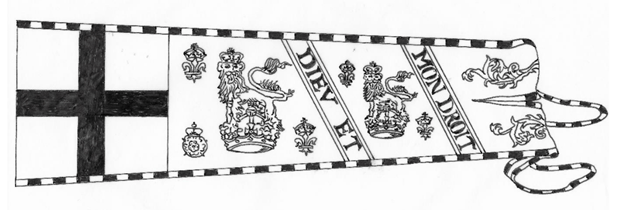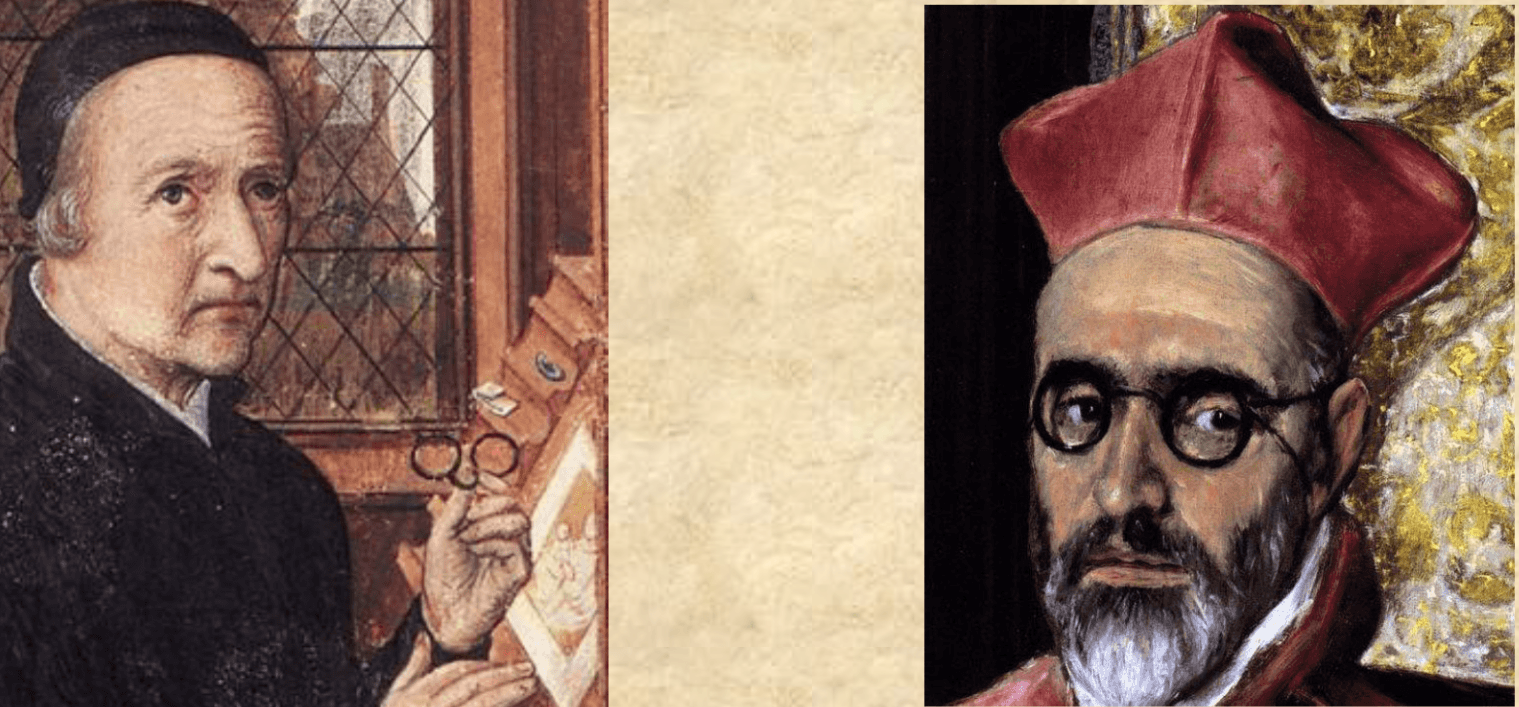Some Notes on the Nottingham Royal Standard: 22 August 1642
A true and exact relation of the manner of his Majesties setting up of His Standard.

Which taken with the description in that report gives lots of clues. It would however be foolish to accept that this illustration alone gives the actual appearance of the flag, so other sources were needed.
Hollar, the émigré Bohemian artist produced a very detailed engraving (below) of the King’s camp near Berwick during the First Bishop’s War which included in the top left-hand corner a representation of The Glorious Standard of our Gracious King.
This illustration depicts the flag as having the Royal Stuart arms of England at the hoist, with two, long, tapering tails issuing from them. The tails appear to contain no devices although they are conceivably damasked and the whole flag is surrounded by parti-coloured fringe or border.
The Nottingham Standard appears to have contained far more devices, including - if the printed report is to be believed - an actual representation of the King. To find out the tinctures of the standard I visited the College of Heralds in London. The Heralds have a coloured manuscript book which contains illustrations of the Standards of England, Scotland and Ireland carried at Royal funeral processions up to that of King James 1st.
Charles was given a private funeral at Windsor so there were no banners to record. Therefore, I based my design on that of his father’s Standard of England. This flag has a basic red field with a red and white border, the normal Cross of St England and the Royal Emblems of England and France in gold.
The Nottingham Standard seems to have been very much a one-off design to indicate the King’s conflict both in England and Ireland, and thus included elements of the Standard of Ireland which contained a golden harp on a blue field. This one-off design is also signified by the inclusion of the painted image of the King and the biblical motto Give Caesar His Due, quoted in the True and Exact Relation. This is very much a departure from the heraldic norm by this very traditional-minded King and reflects his dilemma at having to declare war on his own people.
From all the above elements, I drew the design below and from it was produced a 15’ replica which used to be seen flying – wind conditions permitting – at Basing House.
Not long after having had the standard reproduced (sketch above), I came across a reference to a contemporary letter from an eyewitness to the raising of the actual standard in which he describes it as:
It is a long pole, like a Maypole, painted red on the upper end, whereof hangs a large silk flag, (in form of a scutcheon) with a red crosse and two lions passant, upon two crownes.
From this description which is very similar to King James’ standard I then drew this reconstruction which (to date) is as accurate as possible.
It is of interest to note that the Standard of England carried at the funeral of Oliver Cromwell in 1658 is very similar in design except that one of the lions is left off, the motto is changed to Pax Quaeritur Bello (Peace Brought Forth from War) and a number of O Ps are dotted over the field.













